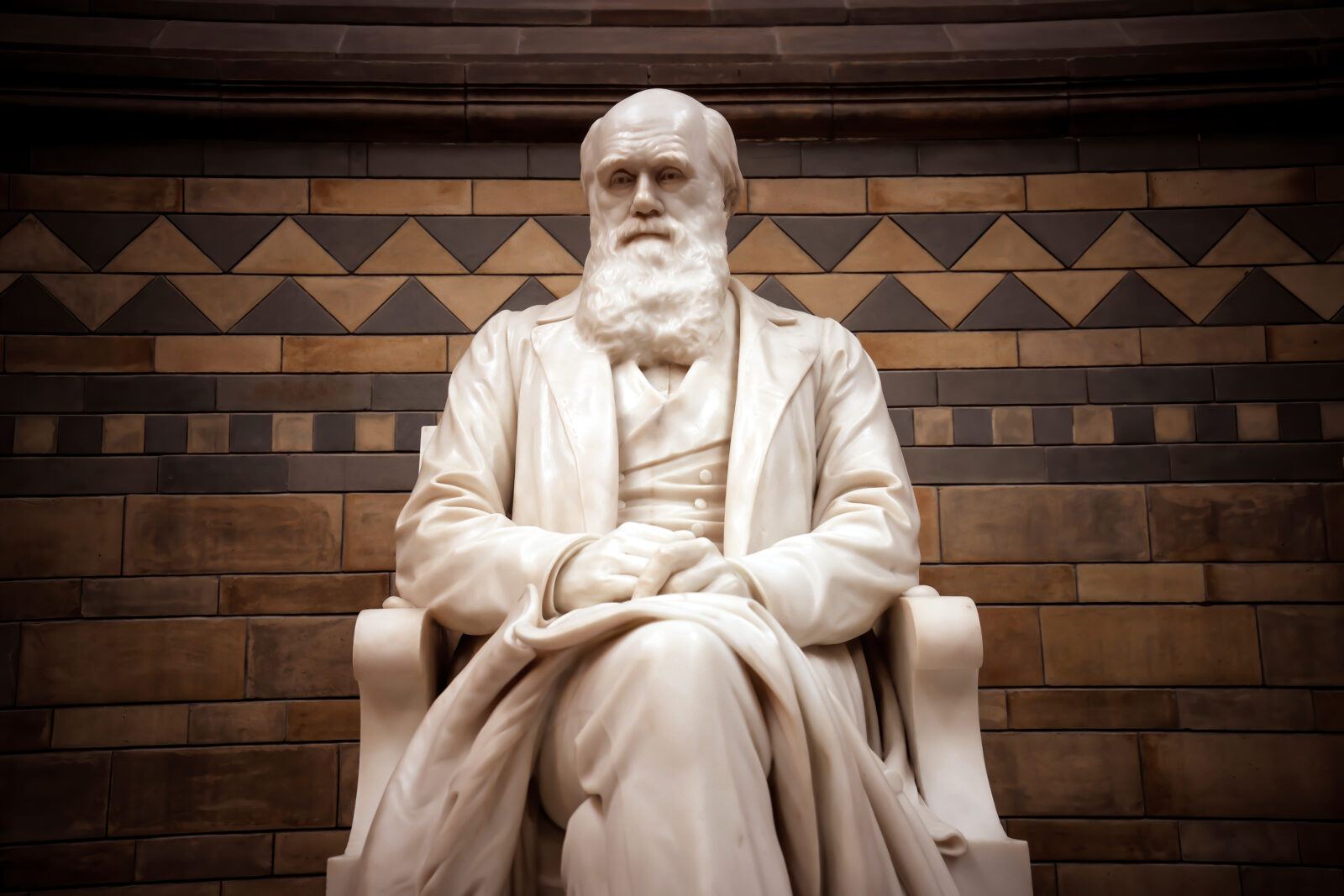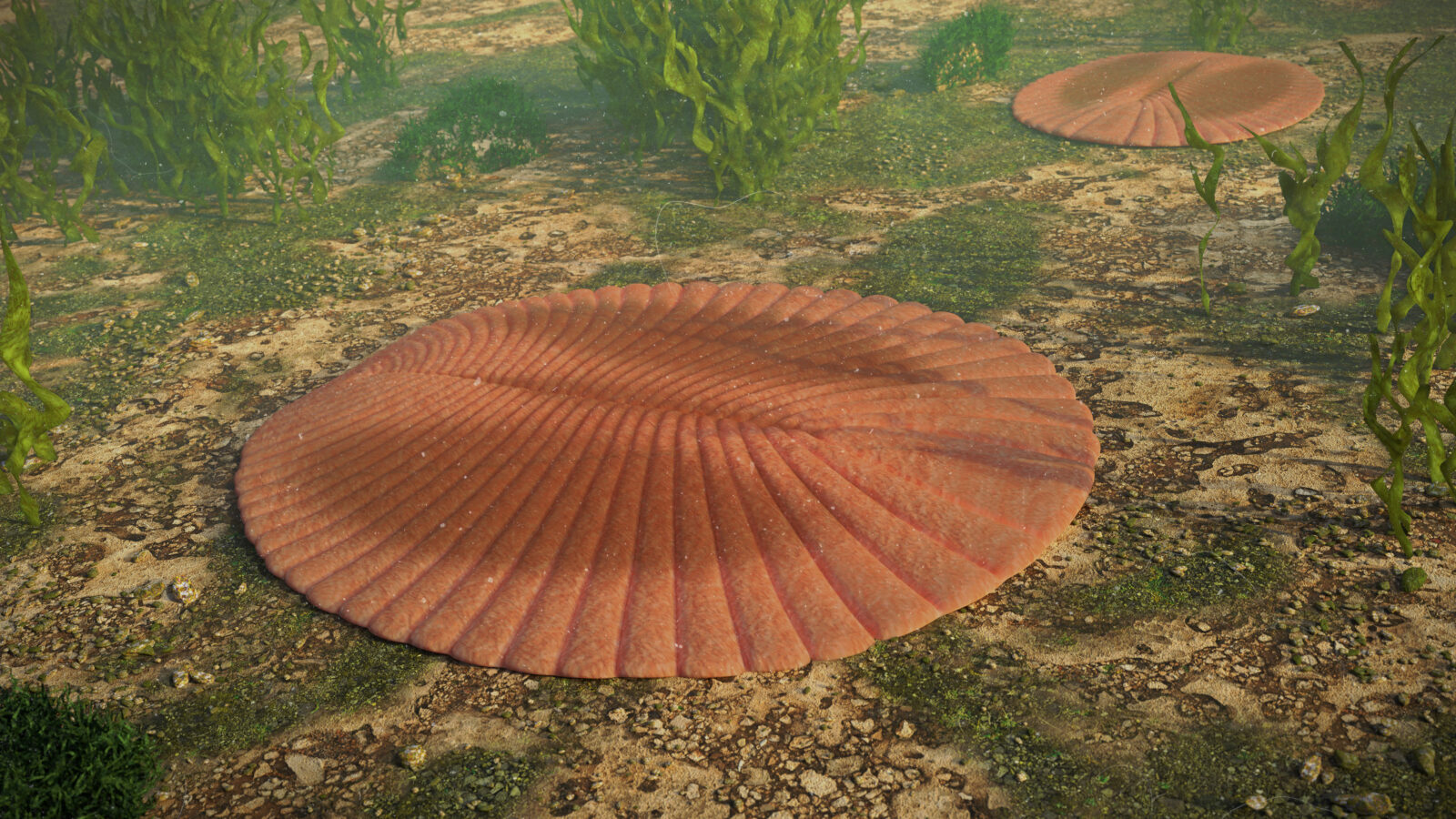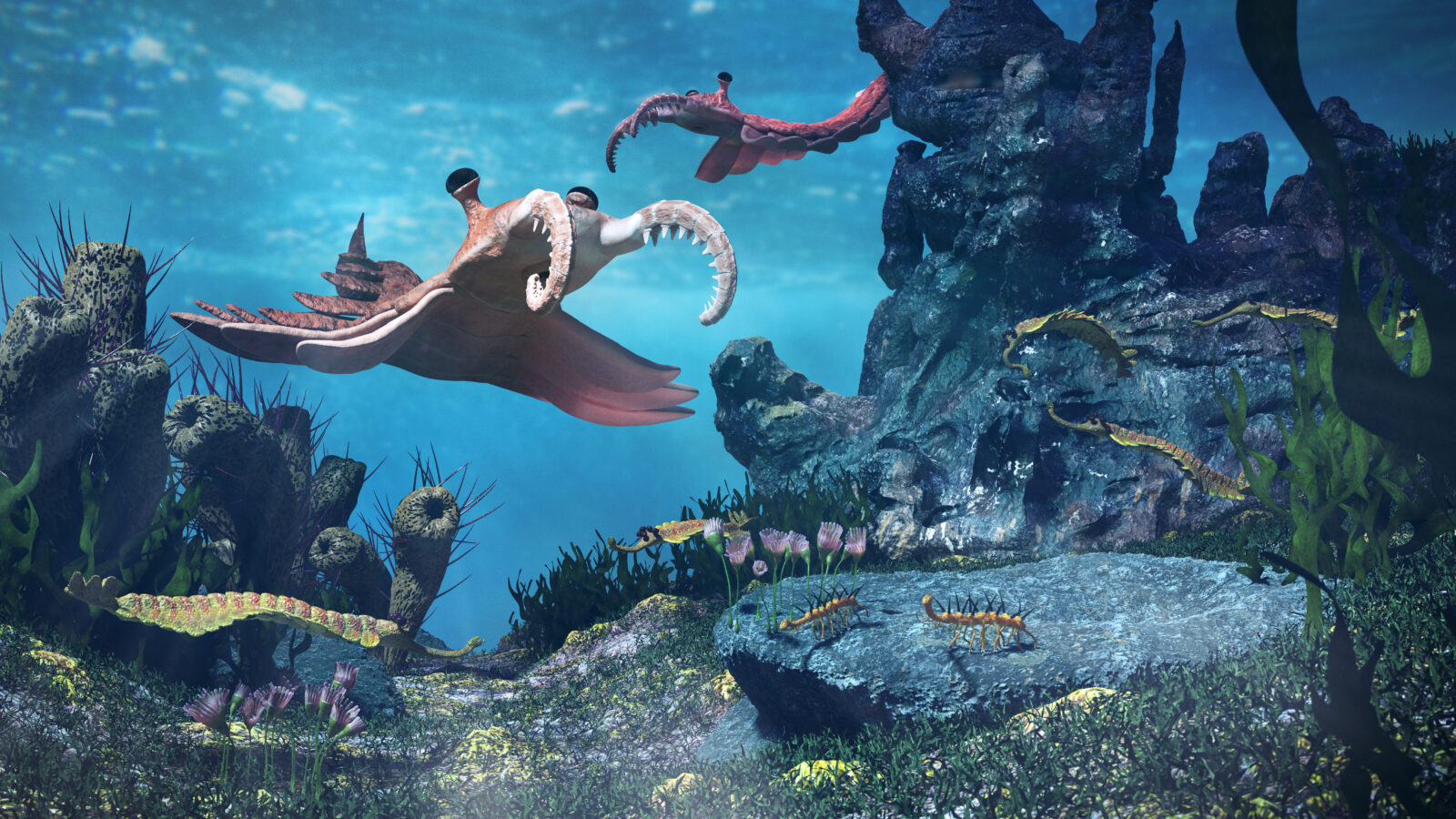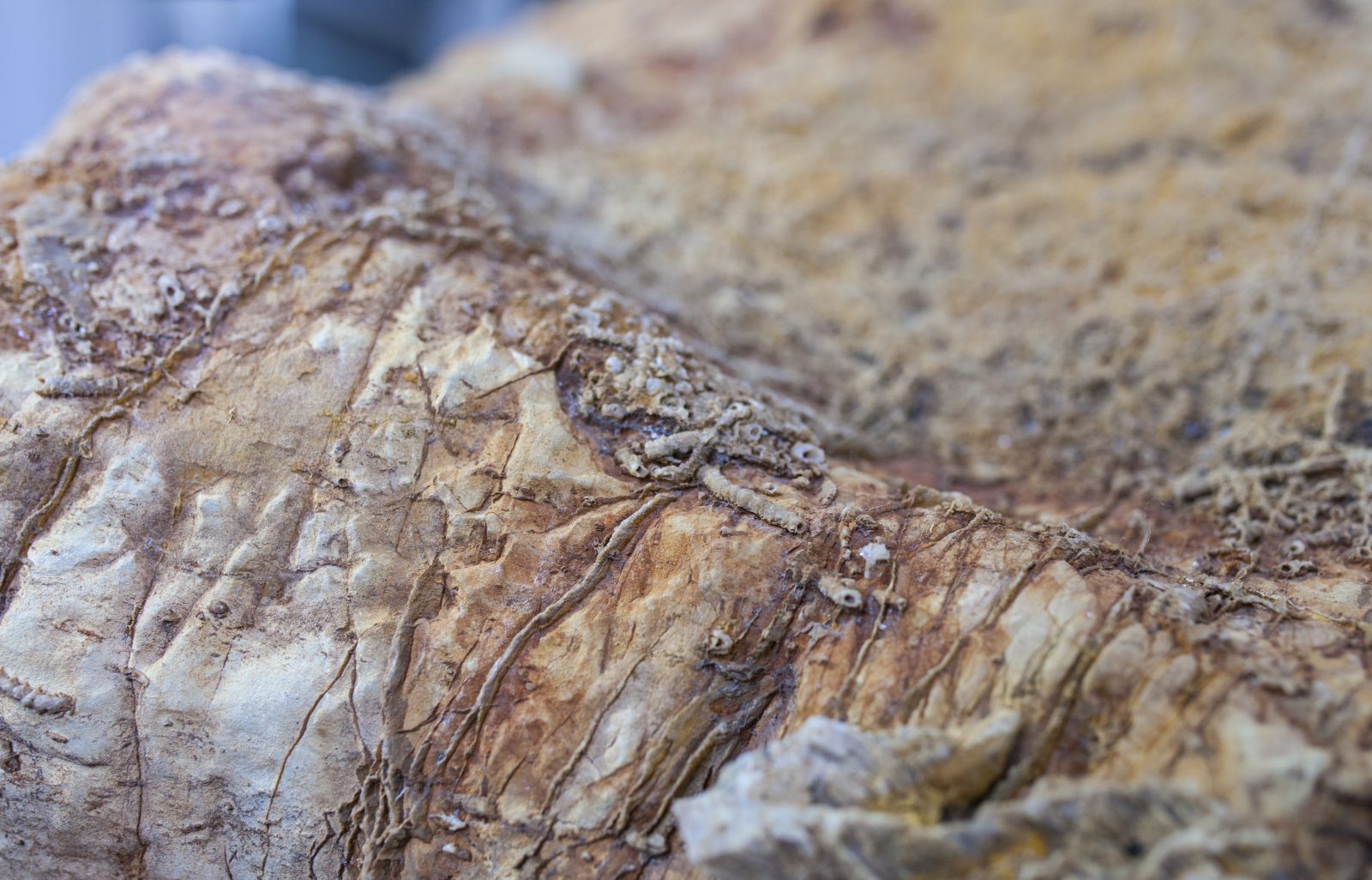


Günter Bechly on Why Seventy Years of Textbook Wisdom Was Wrong

Why Intelligent Design Best Explains the Fossil Record Data

Günter Bechly: Species Pairs Wreck Darwinism
On this ID the Future, distinguished German paleontologist Günter Bechly continues unpacking his new argument against modern evolutionary theory. According to Bechly, contemporary species pairs diverge hardly at all over millions of years, even when isolated from each other, and yet we’re supposed to believe that the evolutionary process built dramatically distinct body plans in similar time frames at various other times in the history of life. Why believe that? He suggests this pattern of relative stasis among species pairs strikes a significant and damaging blow to Darwinian theory. In this Part 2 episode, Bechly and host Casey Luskin discuss mice/rat pairs, cattle and bison, horses and donkeys, Asian and African elephants, the Asian black bear and the South American Spectacled bear, river hippos and West African pygmy hippos, the common dolphin and the bottle-nosed dolphin, and the one outlier in this pattern, chimpanzees and humans. If chimps and humans really did evolve from a common ancestor, why do they appear to be the lone exception to this pattern of modern species pairs differing in only trivial ways? Bechly notes that whatever one’s explanation, there appears to be clear evidence here of human exceptionalism. He and Luskin go on to cast doubt on the idea that mindless evolutionary processes could have engineered the suite of changes necessary to convert an ape ancestor into upright walking, talking, technology-fashioning human beings. What about Hawaiian silversword plants? They seem to have evolved into dramatically different body plans in the past few million years. Are these an exception to Bechly’s claimed pattern of species pair stasis? After all, the differences among silverswords can be quite dramatic, with differences far more extensive than what we find between, say, Asian and African elephants or horse and donkey. Drawing on a second article on the topic, he notes that some extant species of plants possess considerable phenotypic plasticity. They have the capacity to change quite dramatically and still breed with other very different varieties. This appears to be the case with silverswords. There is more to his argument. Tune in to hear him unpack it and also respond to additional objections Luskin raises. Part 1 of their conversation is here.

Species Pairs: A New Challenge to Evolutionary Theory
On today’s ID the future, German paleoentomologist Günter Bechly and host Casey Luskin unpack a recent article of Bechly’s at Evolution News, “Species Pairs: A New Challenge to Darwinists.” There Bechly describes a challenge to evolutionary theory that thus far has been given little attention, namely “the morphological similarity of modern species pairs.” He says this “poses a severe problem for Darwinian theory “because it implies that the macroevolutionary processes that allegedly were at work and common during all periods of Earth history and in all groups of organisms, apparently were totally absent in the origins of all of the millions of living species.” Or as he puts it in a follow-up article on the same topic, “Among the 350,000 described fossil species, we can identify numerous abrupt origins of new body plans within a 5–10 million years window of time. Among an estimated 8.7 million recent species we find no such body plan disparity in any pairs of species that diverged in a similar time frame according to molecular clock studies. This contradicts expectations from a Darwinian perspective.” Species pairs Bechly and Luskin discuss include firs and cedars (both of them conifers), species of houseflies, the tree sparrow and house sparrow, the marine iguana and land iguana, the Moor frog and the European common frog, and two varieties of damselfly. Bechly says that far from being exceptions to the rule, these species pairs, which have diverged very little over millions of years, are the rule, so much so that he’s waiting to be shown a single counterexample. What about something like Hawaiian honeycreepers, with their widely varying colors and beak shapes? Bechly says that in all the ways that they vary, it’s been shown that only one or two genetic switches need to be made to account for the divergences. This is very different from cases where an entire new body plan or system appears, such as the countercurrent heat exchange found in whales. It’s these dramatic innovations that modern evolutionary theory needs to explain, and it’s precisely the kind of change we don’t see in any modern species pairs, according to Bechly. In addition to providing a lively summary of his article, Bechly also spars with Luskin, who gamely plays the devil’s advocate and poses a series of objections that a modern Darwinist might lob. Tune into hear how the German paleontologist responds.

Debunked Transitional Fossils Just the Tip of the Iceberg
On today’s ID the Future Casey Luskin hosts distinguished German paleontologist Günter Bechly to discuss Bechly’s essay in the recent Harvest House anthology, The Comprehensive Guide to Science and Faith: Exploring the Ultimate Questions About Life and the Cosmos. Darwinian evolution predicts a gradually branching tree of living forms, with one form shading into another over long periods of evolution, with each transitional step almost too modest to notice. Does the fossil record suggest such a pattern? Quite the opposite, Bechly says. Instead the pattern of the fossil record is consistently one of sudden appearance, and evolutionists have yet to successfully construct a single robustly populated series of gradually transitioning fossils that move chronologically from one form to a distinctly different morphology. Darwinism would lead us to expect such transitional sequences all over the fossil record, and yet evolutionists, searching assiduously for more than 160 years, have yet to construct a single one of these. Bechly debunks the hype around some fossil sequences, such as that said to have been assembled from ape-like to human. He explains the difference between “transitional forms” as paleontologists generally use the term and the meaning of the term for evolutionists attempting to defend modern Darwinism. And he and Luskin also discuss fossil forgeries, how to tell real from fake fossils, and four explosions of morphological novelty in the history of life.

Author Neil Thomas Takes Leave of Darwin, Pt. 2
On this ID the Future, Taking Leave of Darwin author Neil Thomas and host Jonathan Witt continue their conversation about Thomas’s journey from Darwinian materialism to theistic humanism and a thorough skepticism of Darwinian theory. Here Thomas links the heroic posturing of modern atheists Richard Dawkins and Bertrand Russell, on the one hand, and on the other, the heroic fatalism of poetry stretching back to the early Middle Ages and, further still, to the ancient Greeks. Thomas also draws a link between the animistic thinking of much ancient pagan thought and the magical powers attributed to the Darwinian mechanism. Thomas explains why he now views the latter as essentially “crypto-animism.” In their wide-ranging conversation, Thomas and Witt also touch on contradictions in Darwin’s treatment of natural selection, the tug-of-war between the paleontologists and the geneticists in the evolutionist community (and how their battle points to a conclusion neither side appears willing to consider), and insights proffered by figures as diverse as British philosopher Antony Flew and celebrated American novelist John Updike. Thomas’s new book is available for purchase here.

An ID Debate, Pt. 2: Joshua Swamidass and Günter Bechly
Today’s ID the Future concludes a debate over the merits of intelligent design and modern evolutionary theory. Günter Bechly is a distinguished German paleoentomologist who was an atheist and Darwinist but became convinced of theism after he finally decided to read some of the books written by leading ID proponents and found their arguments far stronger than he had been led to believe from second-hand accounts. S. Joshua Swamidass is a computational biologist at Washington University in Saint Louis who says ID may or may not be true in some part of what it affirms, but while he believes in a Creator, he doesn’t find the central arguments of intelligent design proponents logical and cogent. He also is more sanguine than Bechly about modern evolutionary theory, specifically when one looks beyond neo-Darwinism to consider additional evolutionary mechanisms from the extended evolutionary synthesis. Bechly counters that none of these additional proposed mechanisms have demonstrated the ability to generate novel biological functions and form. Neutral evolution has been shown to generate Rube Goldberg complexity, he says, but not fundamentally new biological machinery and functions in the first place. And he says, contra Swamidass, that neo-Darwinism’s joint mechanism of random mutation and natural selection remains a prominent feature of the contemporary scientific landscape, so the ID arguments demonstrating its inadequacy are highly apropos. The two met in a dialogue hosted by Justin Brierley on his Unbelievable? podcast, reposted here with Brierley’s permission.

An ID Debate: Joshua Swamidass and Günter Bechly, Pt. 1
Today’s ID the Future features a debate over the merits of intelligent design. Günter Bechly is a German paleoentomologist heard many times on ID the Future, who says the science convinced him that intelligent design is true. S. Joshua Swamidass is a computational biologist at Washington University in Saint Louis who says ID may or may not be true in some part of what it affirms, but for him, the science doesn’t lead you to it. They met in a dialogue hosted by Justin Brierley on his Unbelievable? podcast, reposted here with Brierley’s permission. This is the first half of the conversation. The second half is coming to IDTF soon.
